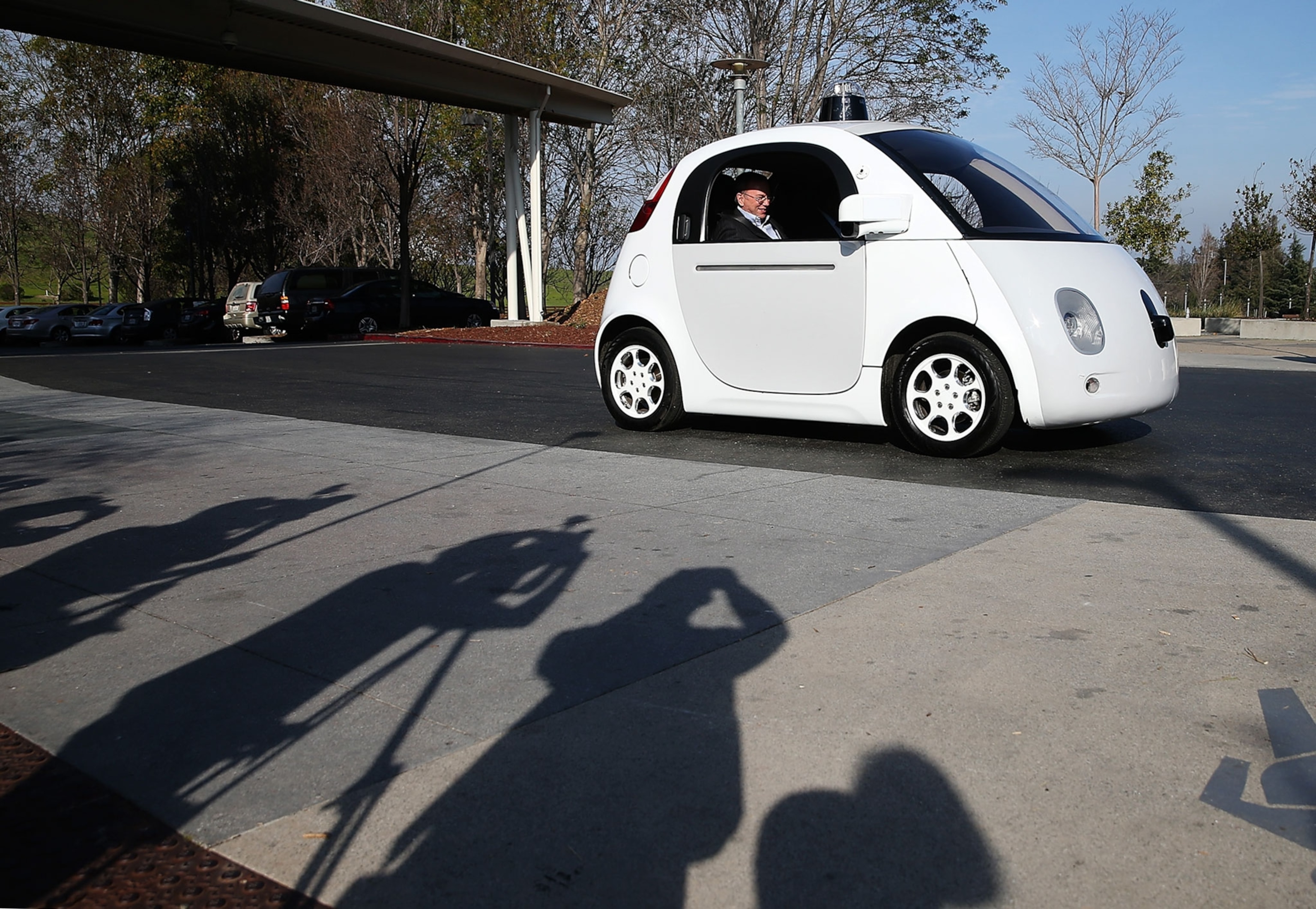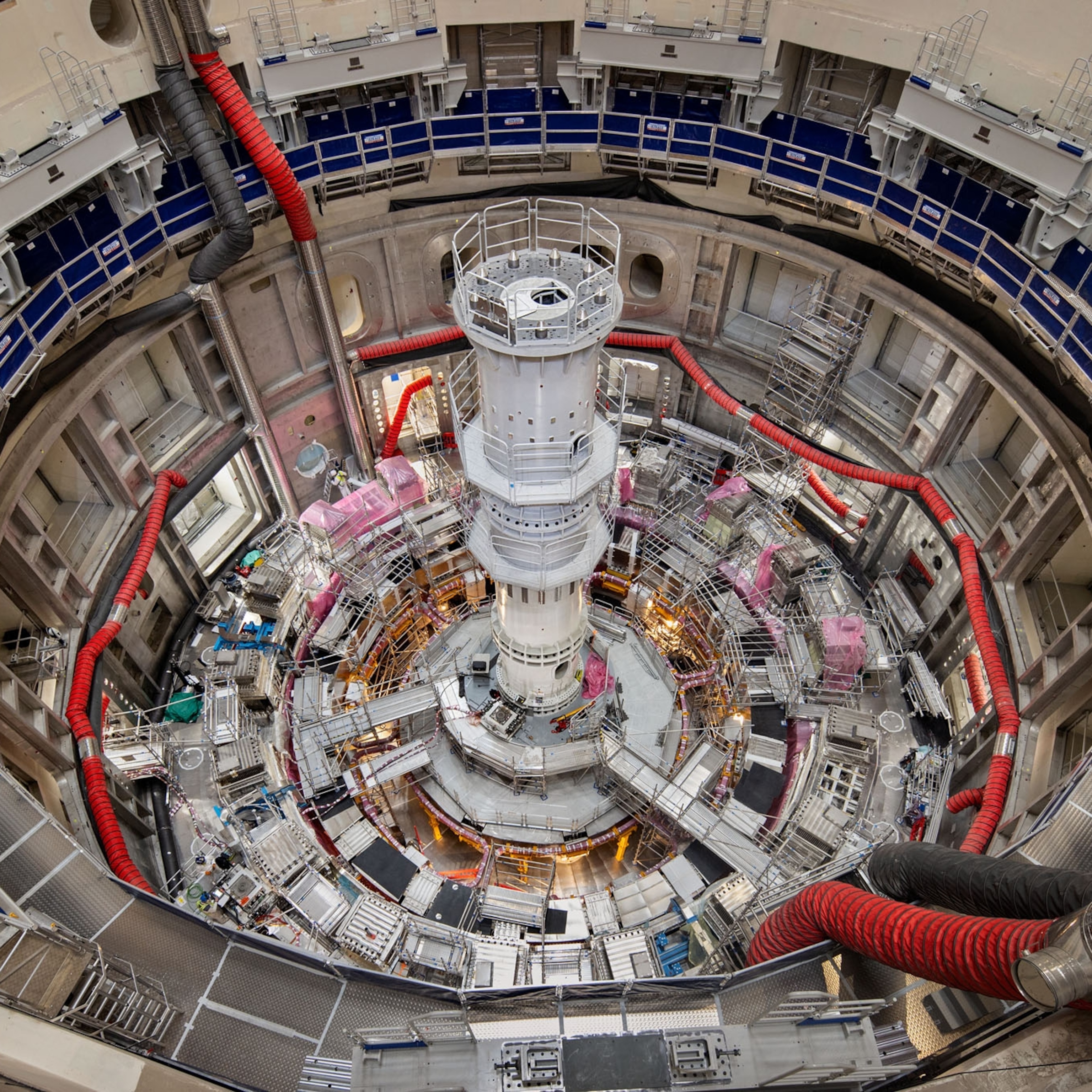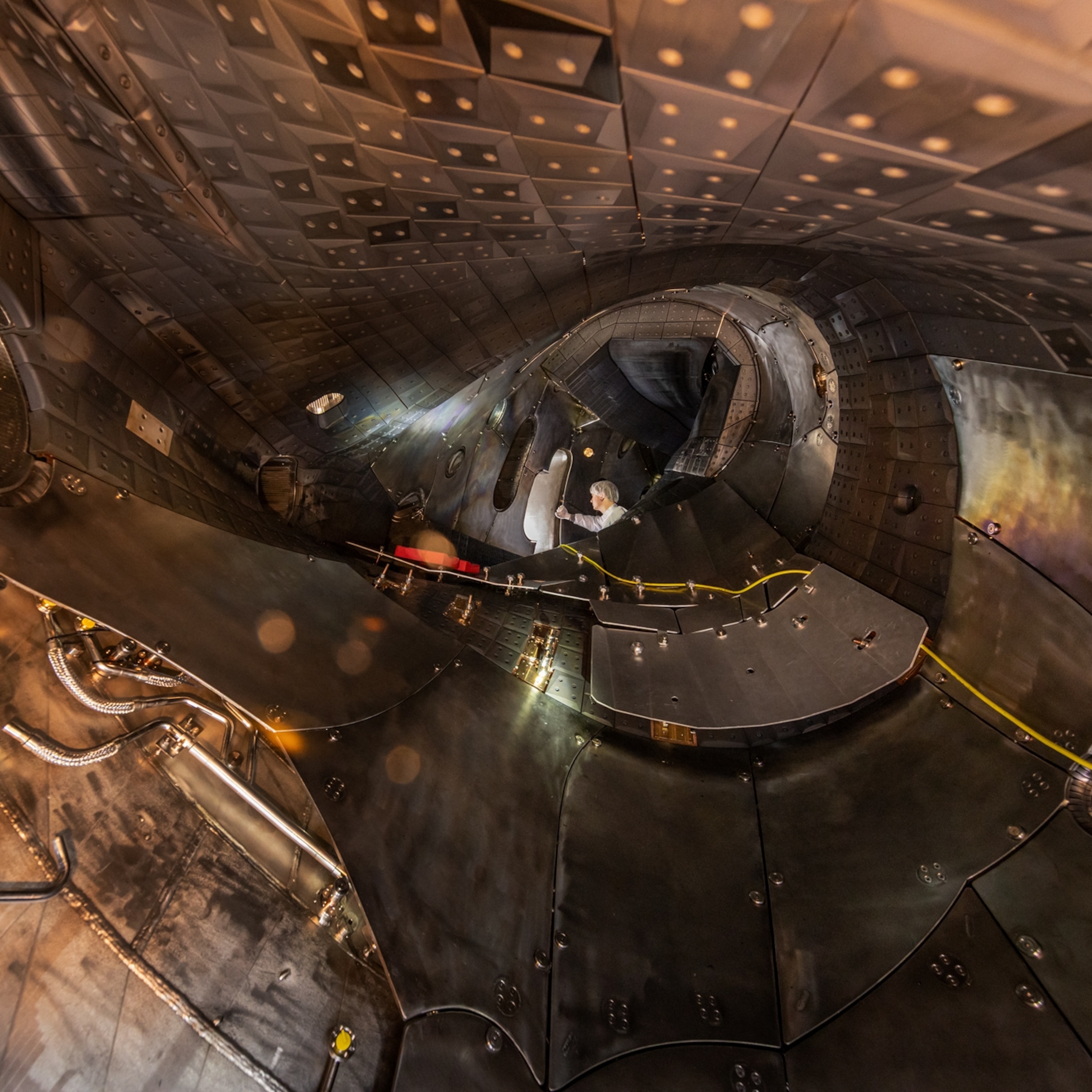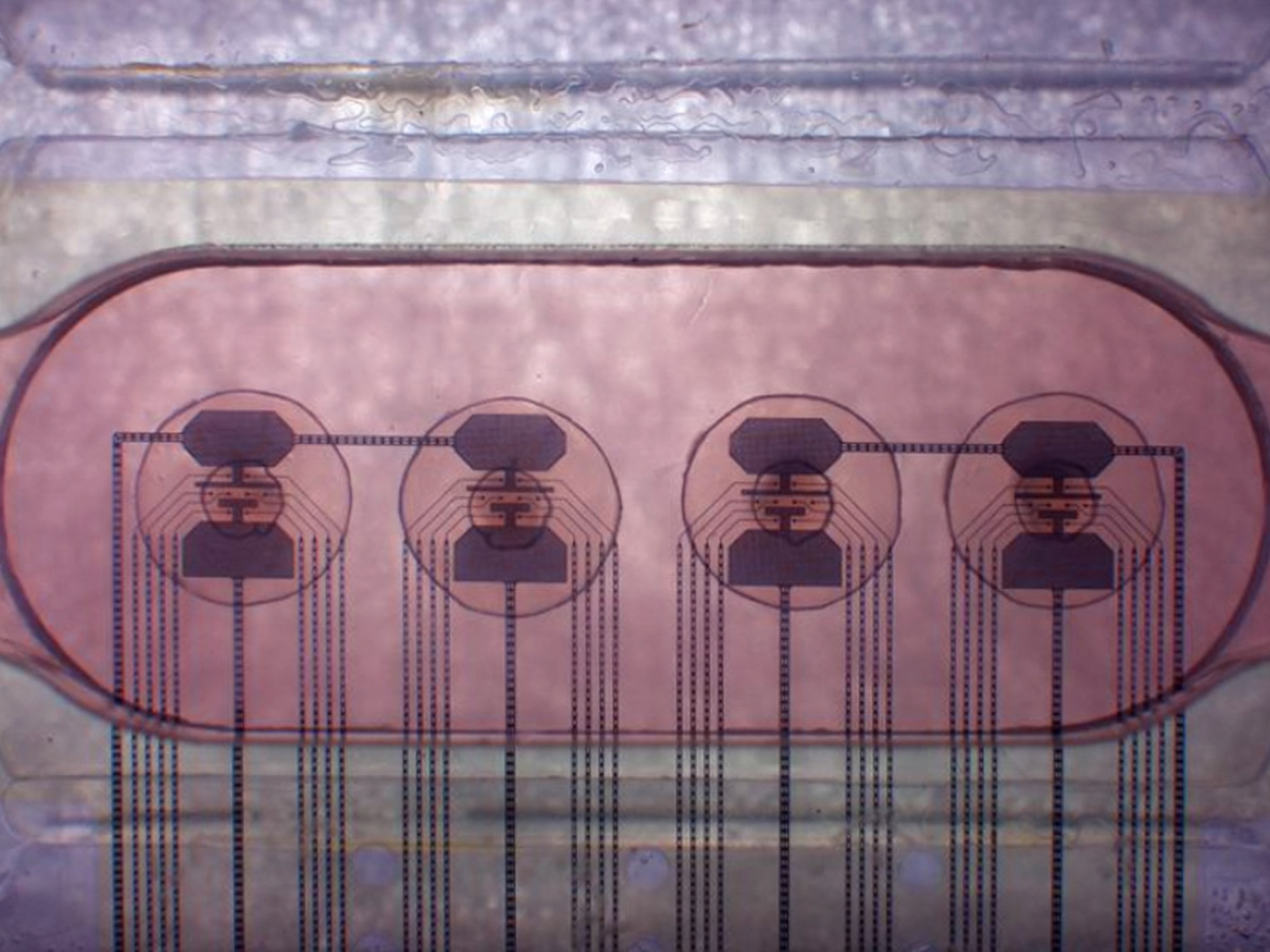
Self-Driving 'Robocabs' Could Help Curb Global Warming
Scientists say the type of robotic vehicles that Google and Uber are testing could slash heat-trapping emissions if used as taxis.
Self-driving cars could do more than allow passengers to nap, read e-mails, or watch movies on the road. When used as taxis, scientists say, the type of robotic vehicles that Google and Uber are building could also cut greenhouse gas emissions—a lot.
An autonomous or self-driving electric cab in 2030 could emit up to 94 percent fewer emissions per mile than a conventional gasoline car of today, and it could be far cheaper than taxis with drivers, says a study Monday by researchers at the Lawrence Berkeley National Laboratory. Almost half the savings occur, because the taxi is “right-sized” for each trip.
"Most trips in the U.S. are taken singly, meaning one- or two-seat cars would satisfy most trips," author Jeffery Greenblatt says in announcing the findings. Small taxis use less energy and emit fewer greenhouse gases than larger ones that carry multiple passengers or those with luggage.
Consumers won’t be buying cars that completely drive themselves anytime soon. Still, tech companies and conventional automakers are experimenting with robotics. General Motors, for example, has announced that its 2016 Cadillac sedan will include a system that keeps the car in the lane and automates both braking and acceleration.
Google’s adorable self-driving car, which looks like the police cruisers in Disney's Cars movies, hit the road in California this summer. It has no steering wheel or pedals but, to meet California law, it will have a human aboard—just in case.
“If all goes well, we’d like to run a small pilot program here in California in the next couple of years," Google said in May, noting it will build 100 prototypes for testing. Google is looking to develop its own car-sharing business. Its Israeli-founded navigation app Waze will debut a pilot project in Tel Aviv that offers to connect commuters going in the same direction.
Not to be outdone, ride-sharing giant Uber has partnered with Pittsburgh-based Carnegie Mellon University to develop its own autonomous cars. Its prototype appeared on the streets of Pittsburgh in May.
The new study, published online in Nature Climate Change, found that self-driving vehicles could cut energy use and heat-trapping emissions the most when used as part of a shared transit system.
In 2030, when more electricity will come from renewable sources such as solar and wind, an electric cab could emit 63 to 82 percent fewer greenhouse gases per mile than a privately-owned hybrid. Emissions' savings are greater when an electric taxi is compared to today's gasoline cars.
Cheaper happens to be greener.Jeffery Greenblatt
Prior research has suggested self-driving cars can not only reduce traffic accidents but also boost efficiencies, including optimal routing of trips, smoother acceleration and braking, and the ability to reduce wind resistance by riding closely behind other autonomous vehicles.
“These are all incremental, but they do add up,” Greenblatt says. “However, we didn’t even include these effects in our baseline results, and we still get huge savings without them.”
The researchers also looked at the cost-effectiveness of autonomous electric taxis. They expect privately owned electric cars will still be more expensive to buy and operate in 2030 than gasoline ones. But if driven 40,000 to 70,000 miles per year, typical for U.S. taxis, the alternative-fuel vehicle—whether electric battery or hydrogen fuel cell—would be cheaper. Why? Its lower cost per mile offsets the higher purchase price.
The savings remain even when factoring in the extra cost of autonomous technology, possibly $150,000 per vehicle, because the car is more energy efficient and doesn’t need a driver.
"Cheaper happens to be greener," Greenblatt says in an interview, adding he was surprised by how much money can be saved and emissions avoided by using autonomous electric vehicles as taxis.
The study is “an exciting addition to the emerging field of analysis exploring the role of advanced connected and automated vehicles,” writes Austin Brown, a researcher with the National Renewable Energy Laboratory, in an accompanying commentary.
Earlier this year, other research found huge potential for "TaxiBots" and "AutoVots." The OECD’s International Transport Forum found that 9 out of 10 current cars could be removed from the road if self-driving vehicles were combined with “high-capacity public transit.”
Greenblatt's study doesn't estimate how widespread this driverless technology would be in 2030—a development that could be decided more by public policy than robotics.
"There's a lot of uncertainty" about state and even federal rules that will apply to self-driving vehicles, Toyota's Hilary Cain said at 2014 briefing on driverless technology in Washington, D.C. She said regulatory questions may be this emerging sector's biggest obstacle.
It's a total wild card how people will react.Jeffery Greenblatt
Jeff Holdren, Uber’s chief product officer, expects it will be “many years” before cars that completely drive themselves are commercially available.
“No one in the world is ready to put autonomous cars on the road and push the go button,” Holdren said in a February interview with ReCode. He said Uber was pushing its research ahead as “part of a long-term strategy.”
Greenblatt says "robocabs" offer a lot of benefits but may have to overcome public anxiety. "It's a total wild card how people will react," he says, adding they may not realize how often airplanes and trains already operate on autopilot.
Other researchers have shown the environmental value of sharing vehicles. If riders were willing to share taxis, for example, the amount of time taxis would spent travelling could be cut 32 percent, resulting in less pollution and traffic, according to a study last year by the Massachusetts Institute of Technology.








